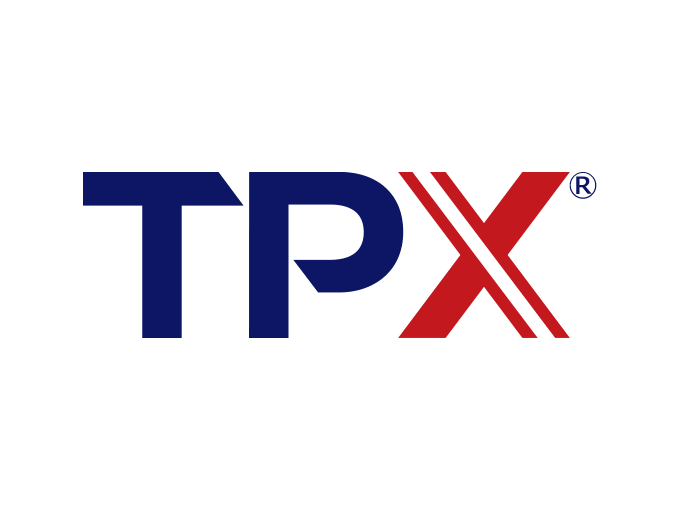TPX™ (Polymethyl Pentene)
Polymethyl pentane
Applications
Characteristics
- Basic information
Overview
TPX™ is a 4-methylpentene-1-based olefin copolymer.
TPX™ has a unique molecular structure. Although TPX™ is a crystalline olefin polymer, it shows transparency. Because of its excellent heat resistance, release property and chemical resistance, TPX™ is used for industrial materials including mandrels and sheaths in the manufacture of high-pressure rubber hoses, mold cups for creating LED lights and other applications such as release film in the FPC manufacturing process and release paper in the manufacture of synthetic leather.
Furthermore, TPX™ possesses the lowest density among thermoplastic polymers, thereby providing the molded articles with lower weight. This leads to a reduction in the environmental load during transportation. It is also noted that TPX™ is a halogen-free polymer, which is denoted as an environmentally-friendly material.
TPX™ is also used for food-related applications such as food wraps, food preservation packs, baking cartons and microwave oven tableware.

